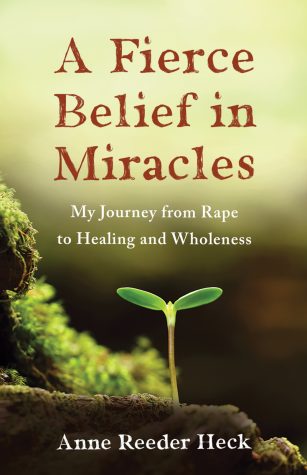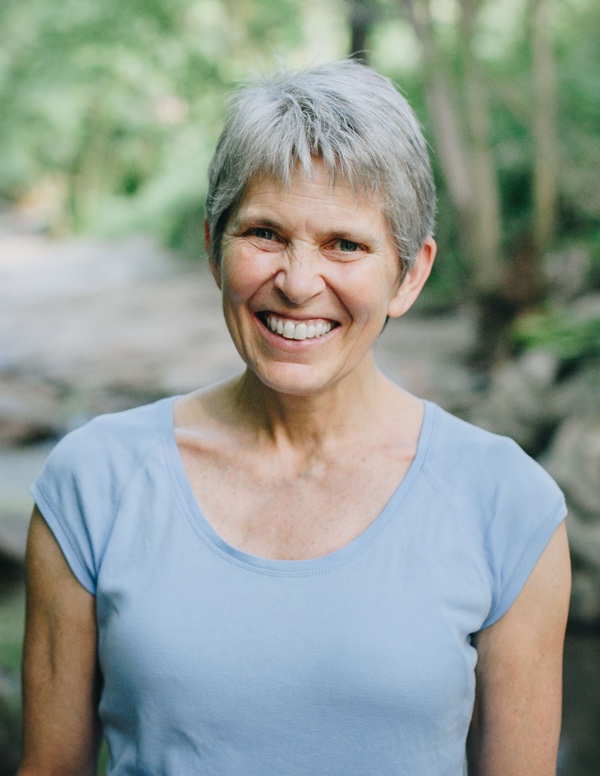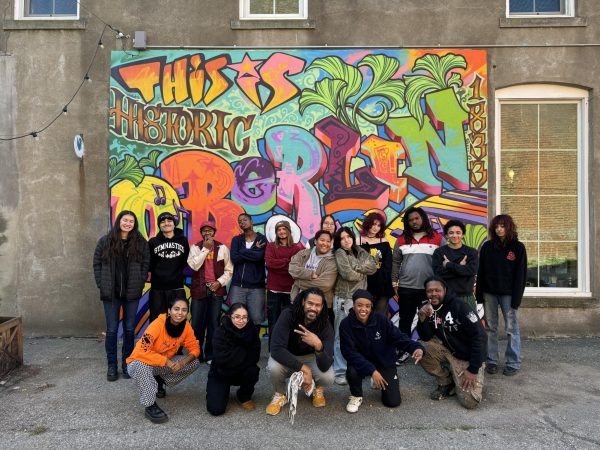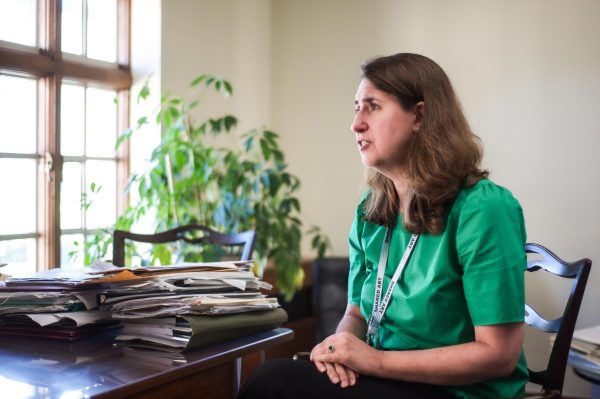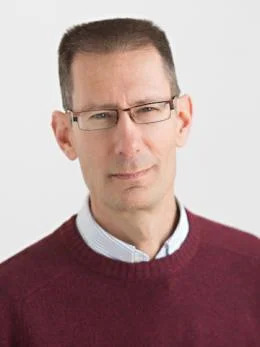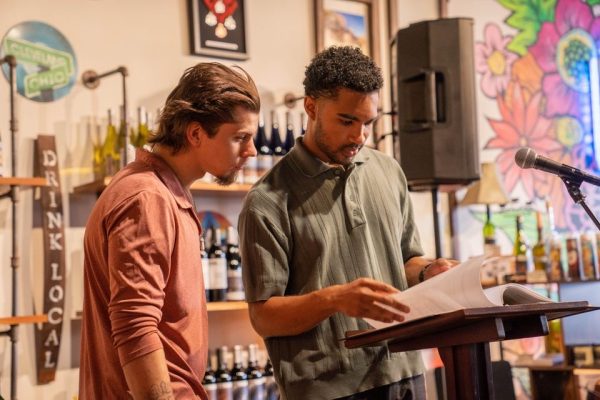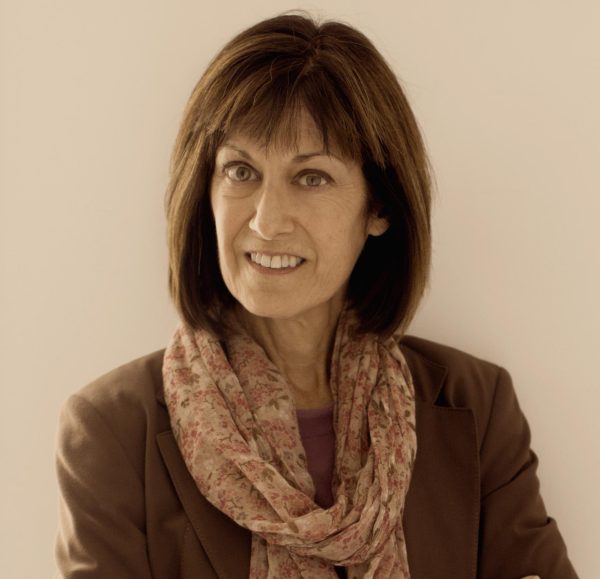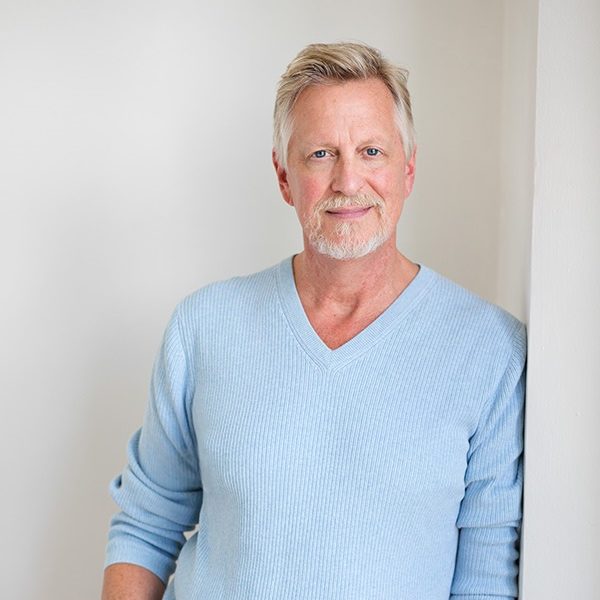Anne Reeder Heck, OC ’86, Author of A Fierce Belief in Miracles
Anne Reeder Heck
Editors note: This interview contains discussion of rape and sexual violence
Alumna Anne Reeder Heck’s book, A Fierce Belief in Miracles: My Journey of Healing, is being released this month. Heck, a writer, facilitator, speaker, and advocate, graduated from Oberlin College with a B.A. in Chemistry. When she was 26, she was raped by an unknown assailant while on a bike ride. Fourteen years later, DNA evidence provided a suspect, and the case went to trial. Years after that, she began the process of writing this book, which explores trauma and healing through imaginative and unconventional methods. She blogs about healing and posts pictures of the healing dolls she creates on her website, www.anneheck.com.
This interview has been edited for length and clarity.
What made you ultimately want to write this book over this process of so many years?
In the aftermath of the trauma, I just searched for years trying to find a true and uplifting story that would help me know that I could get to the other side of it. And at the time, I just couldn’t find a story that gave me any sort of hope that I could get beyond this. That was really the beginning of it for me. I was like, if I ever get beyond this, I’m going to let people know that it’s possible to heal.
But what really brought in the call for me to write it was when the case went to court — it had been so many years, and it seemed so miraculous that it had happened that I wanted to share that story because it was such a hopeful one. Many cases go unsolved, and rape kits get stocked away in warehouses. My case went to court after all those years. I had a lot of emotional healing to do after I went to court. And though I’d gotten the call to write the book, I resisted it. I didn’t feel ready. And in the end, I’m glad I waited, because it was very challenging to write it, and I needed a lot of time. I needed the skill set to really self-nurture and know when to take time away from the book and take care of myself first.
Once you made that decision, what was the process of writing such a personal work about your own healing?
Once I made the decision to write the book, I was all in. I was committed. For the most part, I took a sabbatical from my healing practice and just decided to focus on writing because I knew it would take every part of me to do it.
With writing, you’re digging deep. I needed to get beneath the superficial things of what I thought about my experience and really ask myself some deeper questions to know what I was really feeling so that I could articulate that. When post-traumatic stress really set in during the editing process, I had trouble breathing and just completely stopped writing for a while. I devoted myself to breathing practice and had a breathing coach. I really had to check in with some somatic work and make sure that I was connecting with my own heart and what I needed at that point.
You were a chemistry major at Oberlin and had this career in science — somatics and alternative healing practices are sometimes seen as at odds with those mentalities.
I think that, like many of us, I have a very rational mind — and maybe more so because I studied the sciences. I really felt like the best way to get through my trauma was to engage my rational mind and solve the problem. But I quickly learned that healing from trauma can’t be approached with logic, that it really happens when we listen to our heart and follow its lead. It took me many years to figure all that out. During those years between the trauma and when the case went to court, that time period was filled with me trying all sorts of alternative healing practices. I was trained in or treated by over 70 different healing modalities. Eventually, I came to understand that what I was doing was looking outside of myself for something that would fix me. And it wasn’t about that — I really needed to go inside and feel what needed fixing, listen to the parts of me that were really wounded and feel into them and see what I needed to do to address those pieces.
Can you tell me a bit more about this practice of making healing dolls? I hadn’t heard of it before.
Dolls have been used throughout history as repositories for intense healing, and they’ve been a way for many cultures to do deep healing work. By placing my emotion outside of myself in the form of a doll, I can see myself from a new perspective. I can basically hold in my hands a really sacred part of myself, a wounded part of myself that could inform me about what I needed. So as I made my dolls, and as I worked with them after they were created, I was communicating with them. If I wanted really direct communication, I would use a dominant hand or non-dominant handwriting process, a journaling process that allowed me to communicate with that subconscious part of me. And now I just communicate with them. Unless I’m wanting to be very intentional, I don’t journal with them; I just talk with them. The teachings they brought in were not just for me. I realized shortly into my writing process that the teachings were for everyone — they were valuable for everyone, which was another reason why I wanted to share this story.
I’m curious how you feel about the complexity of our legal system’s treatment of sexual violence.
There are many pieces that go into that. One, I think it’s hard for many survivors of sexual violence to even file a report for many reasons, for many emotional reasons. … What has been so interesting to me is that that DNA evidence that was taken from me was put into the national DNA database shortly after the crime was committed. But it wasn’t until 14 years later that a neighboring state, West Virginia, put their DNA data into the national database. And once it happened, there was an immediate match, which obviously could have been done many years sooner, but it just happened to be that the match was made two days after I set this strong intention to have my year of strength.
I was curious and fascinated at the same time that there was this synchronicity there that occurred. To me, it opens up a huge possibility for all of us to be really clear in our intentions and what we would like to create in our lives, because there is possibility for something to unfold that we never would have expected.
Everything’s energy. That’s what I learned in my chemistry classes at Oberlin. Everything’s energy, and we get to affect that energy through what we believe about it. If I think that I can find my place of healing and balance and strength, then I’m going to put that out, and that’s what I get.
